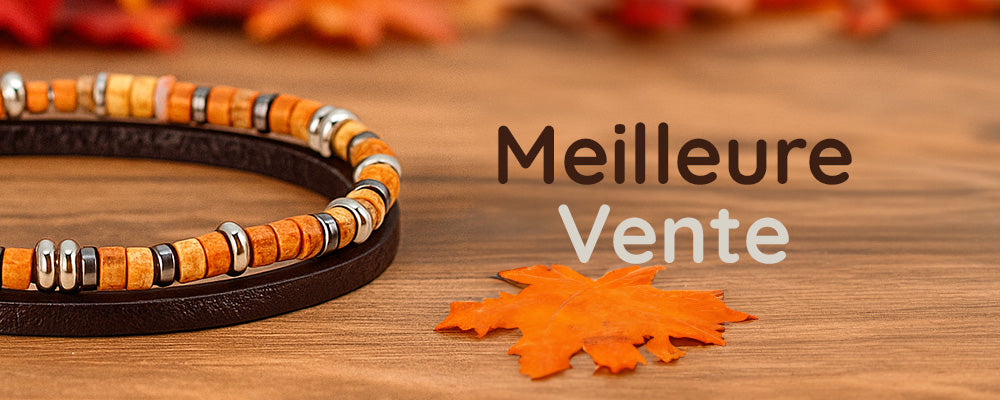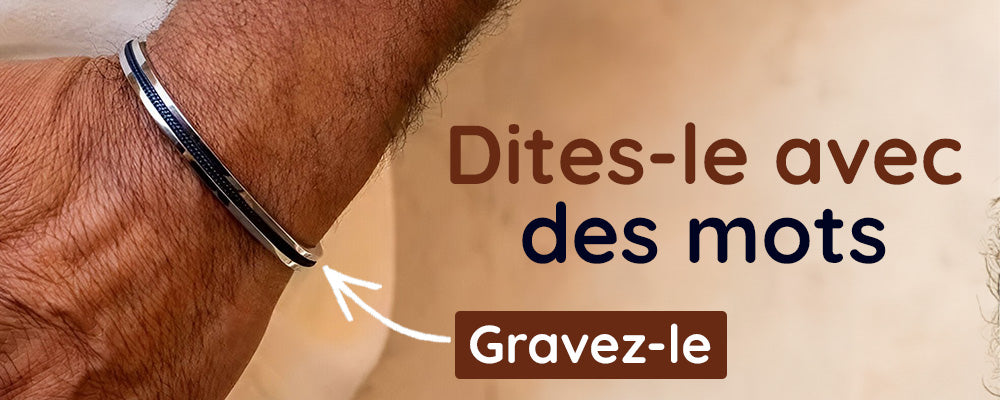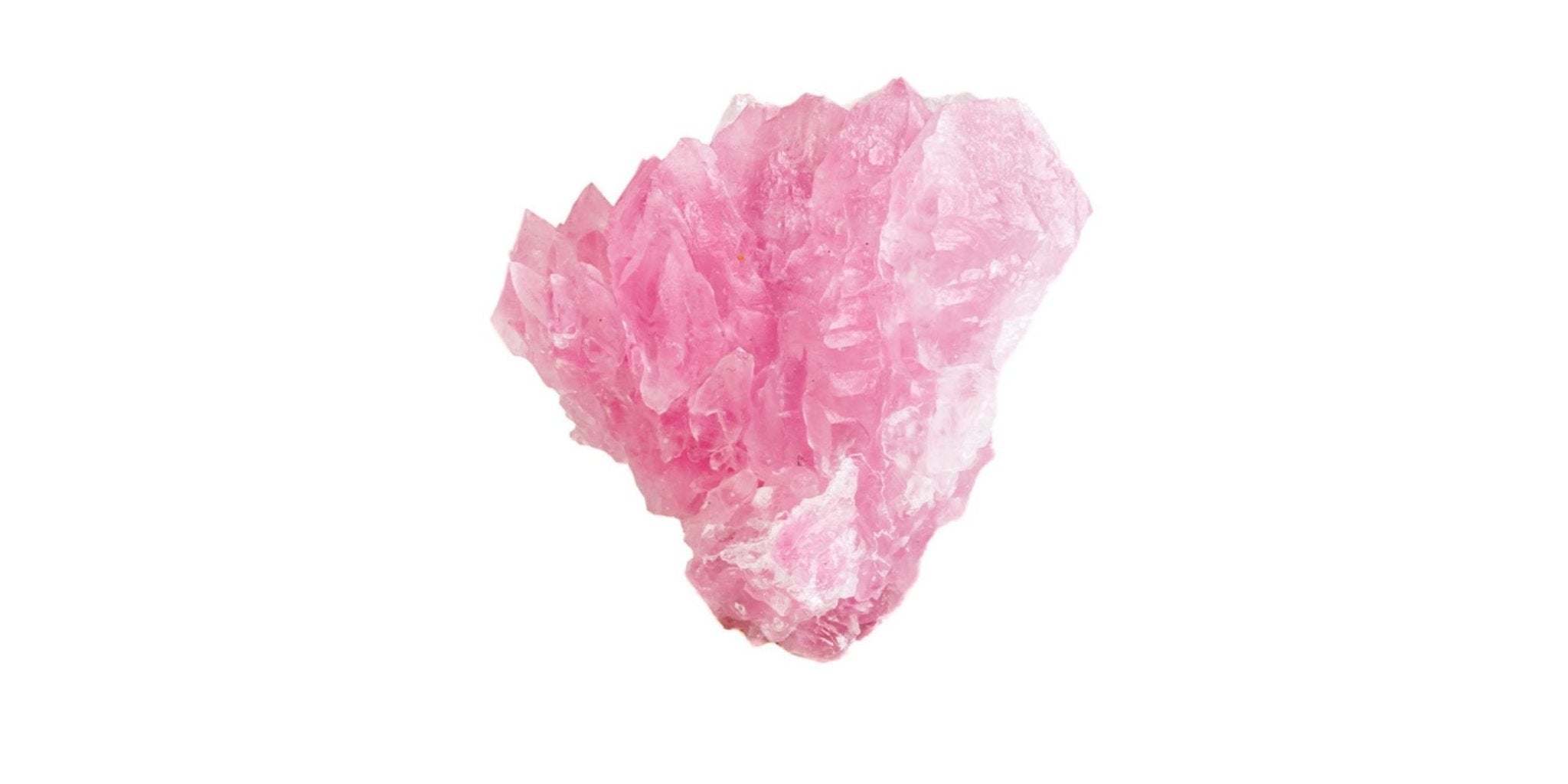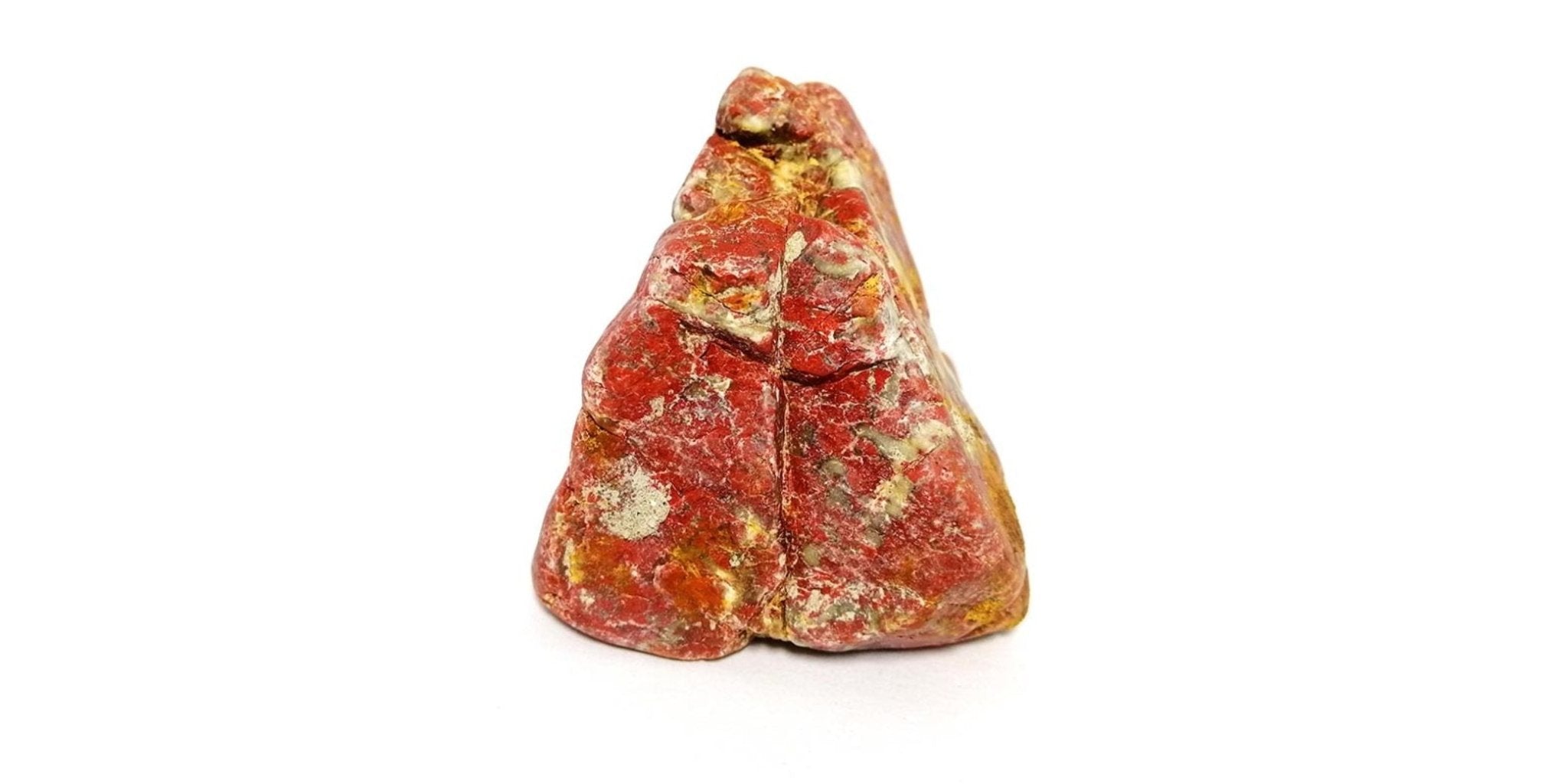Obsidian Stone Identity Card
Name origin: Obsidian takes its name from Obsius, a figure from Roman antiquity who is said to have discovered this stone in Ethiopia. The term "obsidian" was first used by Pliny the Elder in his work "Natural History."
Group: It belongs to the volcanic glass group, a type of igneous rock formed from rapidly cooled lava.
Chemical Composition: The chemical formula of obsidian is mainly composed of silicon dioxide (SiO₂), with traces of magnesium and iron that give it its various colors.
Crystal System: Obsidian does not have a crystalline structure, as it is amorphous. It is a natural glass without internal crystals.
Hardness: It has a hardness of 5 to 5.5 on the Mohs scale, making it quite fragile and prone to breaking on impact.
Deposits: Obsidian deposits are found in volcanic regions around the world, notably in Iceland, Mexico, Armenia, the United States, Japan, and Indonesia.
Color(s): Obsidian is generally black, but it can also appear in shades of brown, green, or red, as well as varieties with iridescent reflections such as rainbow obsidian and snowflake obsidian.
Chakras: It is associated with the root chakra, promoting grounding, protection, and emotional stability.
Where does the name Obsidian come from?
Geographical Origin and Discovery
Obsidian, known for its glassy shine and dark colors, takes its name from Roman Antiquity. According to the writings of Pliny the Elder, it was named after Obsius, who is said to have found it in Ethiopia. This volcanic rock has been used for millennia to make sharp tools and ornaments.
Etymology and Meaning
The term "obsidian" evokes the discovery and ancient use of this stone. Its name reflects the history and significance of this stone in ancient cultures, as well as its natural beauty.
Unique Characteristics of Obsidian
Physical Properties
Obsidian is unique for its glassy appearance and color variations. The amorphous structure of this volcanic glass allows for very sharp conchoidal fractures, making it useful for crafting cutting tools.
Cultural and Symbolic Resonance
Obsidian has been valued throughout history for its protective properties and practical uses. Ancient civilizations, such as the Aztecs and Mayans, used it to make weapons and ritual objects. It is often associated with protection against negative energies and spiritual grounding.
What is the history of Obsidian stone?
Discovery and Origins
Used since Antiquity, obsidian has a long history linked to ancient cultures that valued it for its sharpness and deep black luster. Obsidian artifacts have been found at archaeological sites around the world, attesting to its historical significance.
Use in Ancient Cultures
Ancient peoples used obsidian to create blades, arrowheads, and various tools due to its ability to be shaped into extremely fine and durable edges. This stone was also used in rituals and ceremonies.
What is the origin and composition of Obsidian stone?
Geological Origin
Obsidian forms when silica-rich lava cools rapidly, preventing the formation of crystals. This volcanic origin gives it its glassy texture and uniform color.
Chemical Composition and Structure
Composed mainly of silicon dioxide, obsidian also contains traces of magnesium and iron. Unlike crystalline minerals, it does not have a crystalline structure and is therefore amorphous.
Deposits
Obsidian deposits are found in many volcanic regions around the world, each deposit offering unique variations in color and texture.
What are the benefits of Obsidian stone (physical and psychic)?
Psychic and Emotional Benefits
Obsidian is renowned for its protective properties, creating a shield against negative energies and helping to dissipate emotional blockages. It is also used to promote introspection and mental clarity.
Physical Benefits
It is often used to relieve stress and anxiety, promoting a state of calm and stability. In lithotherapy, obsidian is believed to help improve blood circulation and detoxify the body.
How to care for your Obsidian stone jewelry?
Cleaning and Care
Obsidian, being a natural glass, should be cleaned with lukewarm water and mild soap. It is important to dry the stone completely after cleaning to avoid water spots.
Usage Precautions
Avoid impacts and scratches by handling your obsidian jewelry with care. Store them separately from other stones and jewelry to prevent damage.
Storage
Store your obsidian jewelry in a safe place, away from extreme temperatures and direct sunlight, to preserve its shine and natural beauty.
Discover Our Obsidian Bracelet Collection
Caring for your obsidian jewelry ensures that it remains beautiful and full of energy for many years. Whether you are looking for a new piece to enrich your collection or a special gift, our obsidian bracelet collections are designed to suit your tastes and needs.
For Women
Explore our women's obsidian stone bracelet collection, where each piece is carefully selected for its quality and unique design. These bracelets combine elegance and energetic benefits, perfect for adding a touch of sophistication to your outfit.
For Men
Our men's obsidian stone bracelet collection features robust and stylish designs. These bracelets are ideal for men who appreciate natural beauty and the protective properties of obsidian. Each piece is designed to offer timeless style and positive energy.
Take care of your obsidian jewelry and explore our collections to find the perfect piece that resonates with your style and energy needs. You can find them on our website and enjoy the beauty and benefits of obsidian every day.













